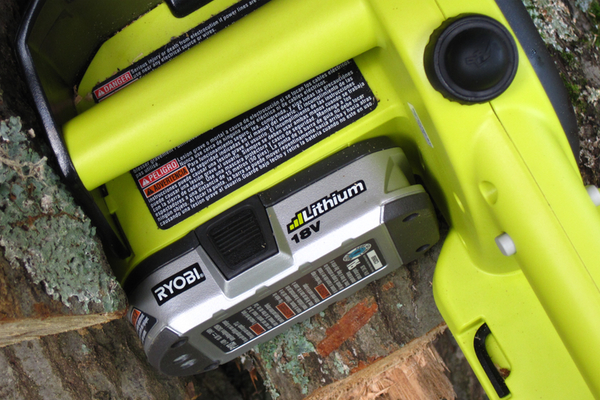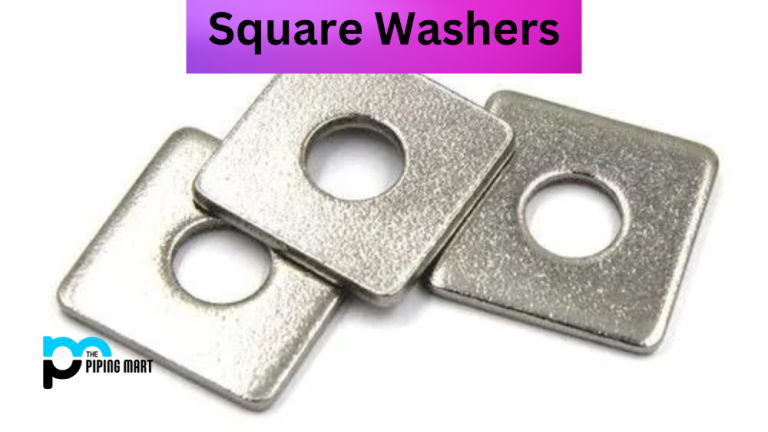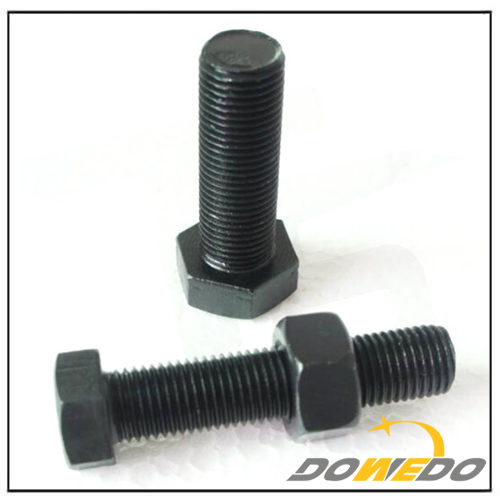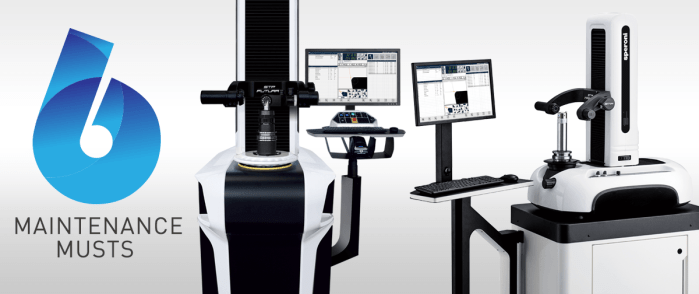Mastering the Hammer Drill: A Must-Have for Heavy-Duty Projects
A hammer drill is an essential tool when it comes to drilling into tough materials like concrete, stone, and brick. What sets it apart from a standard drill is the combination of rotary action with a powerful hammering motion, making it the go-to tool for heavy-duty jobs. Whether you’re tackling a DIY project or working as a professional, understanding how to effectively use a hammer drill can greatly enhance the quality of your work.

What can you accomplish with a hammer drill?
Hammer drills are designed to bore through hard surfaces such as concrete and masonry. The hammering action helps to break up the material while the bit spins, making the drilling process faster and more efficient than with a standard drill. This makes hammer drills indispensable for tasks like setting anchors, drilling holes for rebar, or mounting fixtures on concrete walls. They’re also crucial in projects that require precision drilling into hard surfaces, such as installing geotextile fabric behind retaining walls.
What distinguishes a hammer drill from a regular drill?
The key difference between a hammer drill and a regular drill is the hammering function. While a regular drill only rotates the bit, a hammer drill adds a rapid hammering motion to the rotation, allowing it to penetrate much harder materials. Many hammer drills also feature a switch to disable the hammering action, enabling the tool to operate as a standard drill when necessary.
Is it possible to use a hammer drill for woodworking?
Although hammer drills are primarily designed for hard materials, they can be adapted for woodworking by disabling the hammer function. However, it’s generally not recommended to use a hammer drill on wood unless absolutely necessary, as the tool’s power can be excessive for softer materials. If your project involves both wood and masonry, such as building a retaining wall with geotextile fabric, a hammer drill with a switchable function can be extremely useful.
What safety measures should be observed when using a hammer drill?
Given the power and potential hazards associated with hammer drills, safety is paramount. Always wear safety goggles to protect your eyes from flying debris and use ear protection to guard against the loud noise. Ensure that your workpiece is securely clamped to prevent it from moving during drilling. Hold the drill with both hands to maintain control, and select the appropriate drill bit for the material you’re working with. When drilling near retaining walls with geotextile, take care not to damage the fabric or the surrounding structure.
In conclusion, a hammer drill is a versatile and powerful tool that excels in drilling through tough materials like concrete and stone. Its combination of rotation and hammering action makes it ideal for heavy-duty projects. Whether you’re working on masonry for a retaining wall project involving geotextile fabric or tackling other challenging jobs, mastering the use of a hammer drill will help you achieve professional-grade results.





